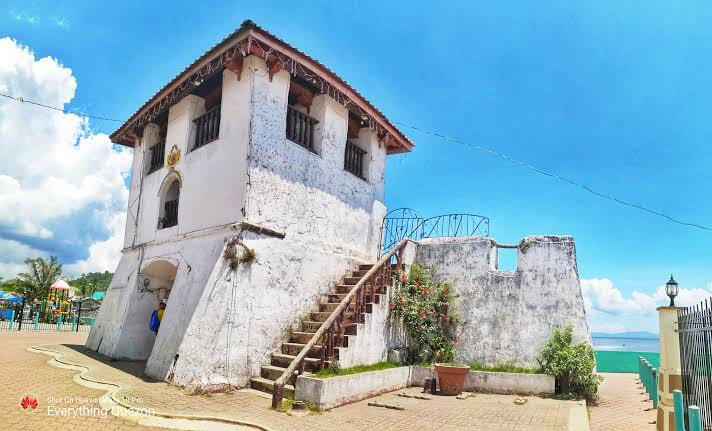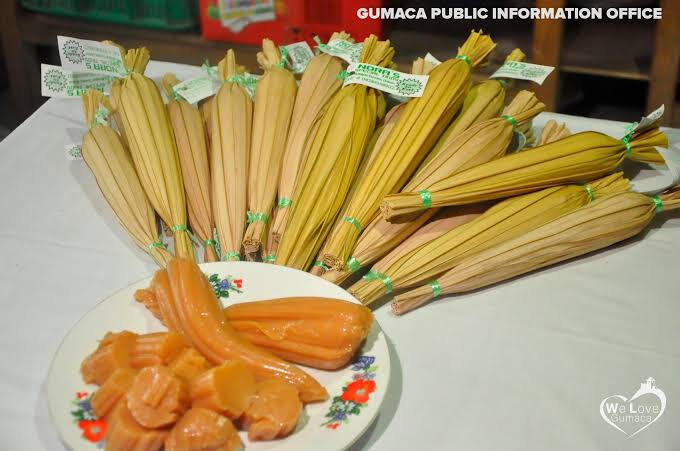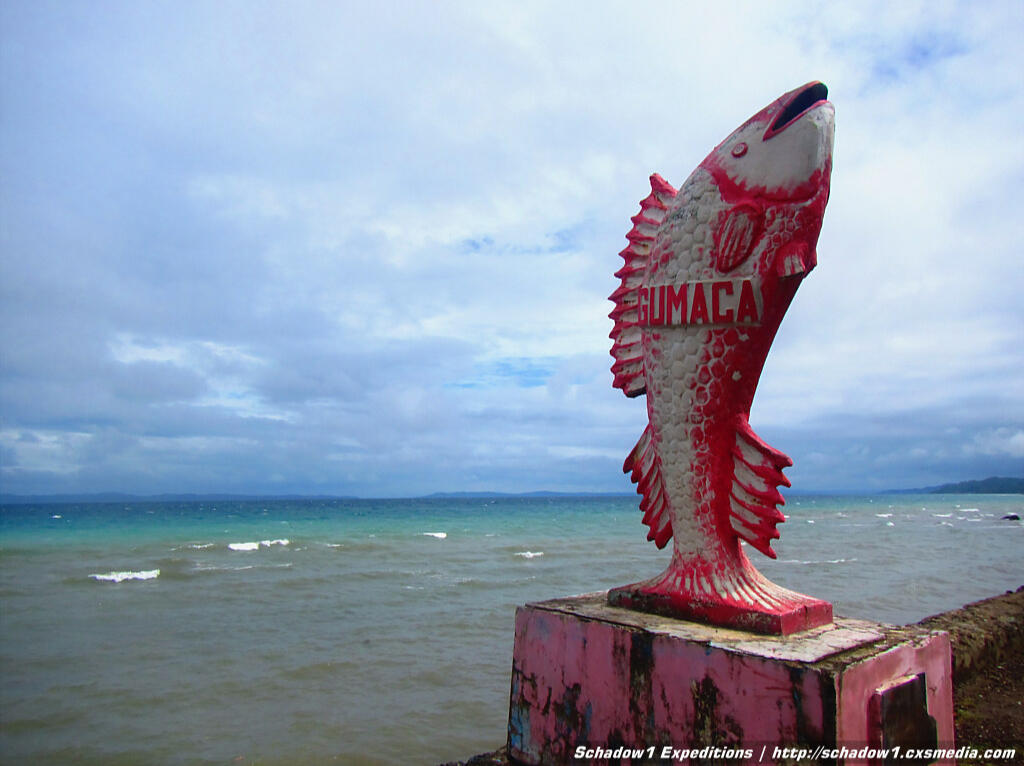
Star EAPPle
Welcome to Gumaca!
The present town of Gumaca was a settlement founded at the southern bank of Palanas River in the 14th century by a group of settlers from Borneo and Malay Peninsula. It is in fact only 11 years younger than the “Noble and Ever Loyal City of Manila”.It is a heritage town that is blessed by the Creator with abundant natural resources and home to peaceful, hardworking and caring people.



How did the name
"Gumaca" came about?
Lakan Bugtali is the earliest ruler according to oral tradition and Lakan Gitingan being the last.Lakan Bugtali was fearless and defended his people against the marauding attack of local bandits and foreign pirates, most notorious of whom is Lam Ong.Lam Ong was captivated by Lakan Bugtali’s daughter, Lakambini Tala. Lam Ong devised plans to attack the land and claim Tala as his own.Before Lam Ong was able to make a move, Lakan Bugtali felt his suspicious presence lurking around his town, hence he informed his men to be ready for possible attacks.Lam Ong was forced to fall through his plan of taking the village, but was still able to get hold of Lakambini Tala, hence the start of the duel of Lam Ong and Lakan Bugtali.The two fought and Lam Ong was not just defeated but was overpowered to death.In gratitude and recognition to Lakan Bugtali’s bravery and strength, the people decided to name their town BUMAKA, meaning to fight, which over the years became GUMAKA.
Welcome to Sariaya!
Sariaya started with the arrival of the Augustinian missionary priests in a seaside Malay settlement in what is now Barangay Castanyas along the shores of Tayabas Bay. They came upon a thriving community of some 7,673 pagan inhabitants (Historia Geografica, Geologica y Estadistica De Filipinas.Sariaya houses many Spanish-era cultural monuments and is nicknamed the "Heritage Capital of Quezon".


How did the name
"Sariaya" came about?
The legend of Sariaya is a captivating folk story that explains the origin of the town's name in the Philippines. According to local folktales and hearsay, the name "Sariaya" is believed to have originated from a chance encounter between a Spanish soldier and a native woman named Saria.As the story goes, during the Spanish colonial period, a Spanish soldier found himself lost in the lush and unfamiliar surroundings of what is now known as Sariaya. Desperate to find his way and communicate with the locals, he approached a native woman he encountered along the way. The soldier, who did not speak the local language, tried to ask her the name of the pueblo (town) he had stumbled upon.However, due to the language barrier and misunderstanding, the woman, named Saria, misinterpreted the soldier's question. She thought he was asking for her name, so she confidently replied, "Saria." The soldier, thinking that Saria's response was the name of the pueblo, noted it down.Over time, the name Saria became associated with the place, and as generations passed, it gradually evolved into "Sariaya." The legend of Sariaya thus suggests that the town's name was born out of this linguistic mix-up between the Spanish soldier and the native woman Saria.This charming legend adds a touch of folklore and history to the town of Sariaya, reminding its residents and visitors of the rich cultural heritage and the interplay of languages and cultures that have shaped the Philippines over the centuries.